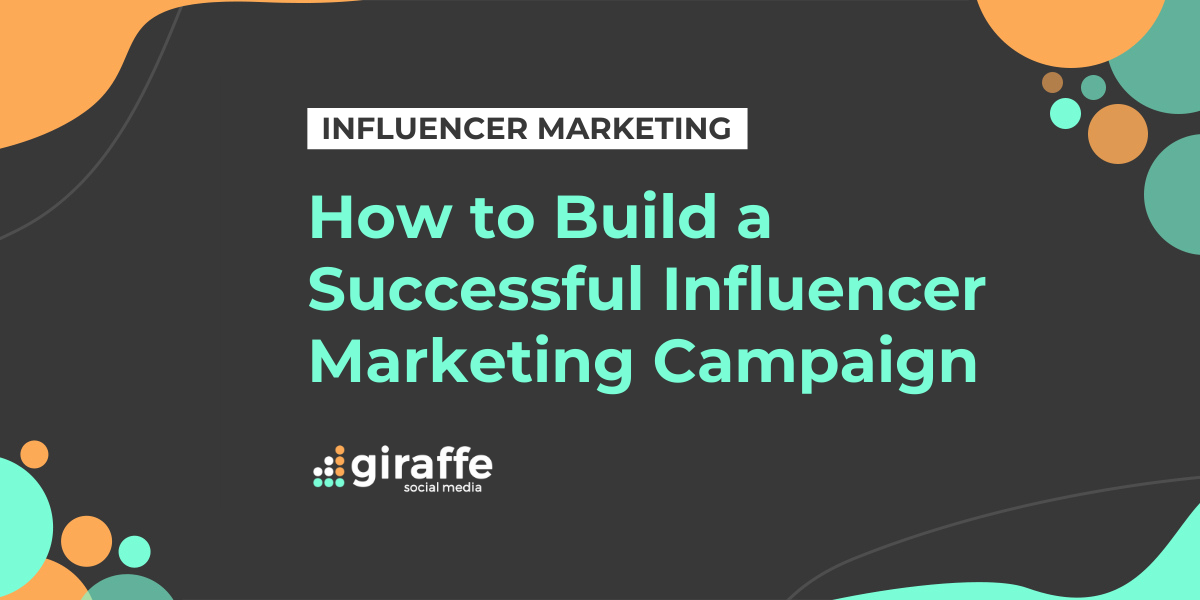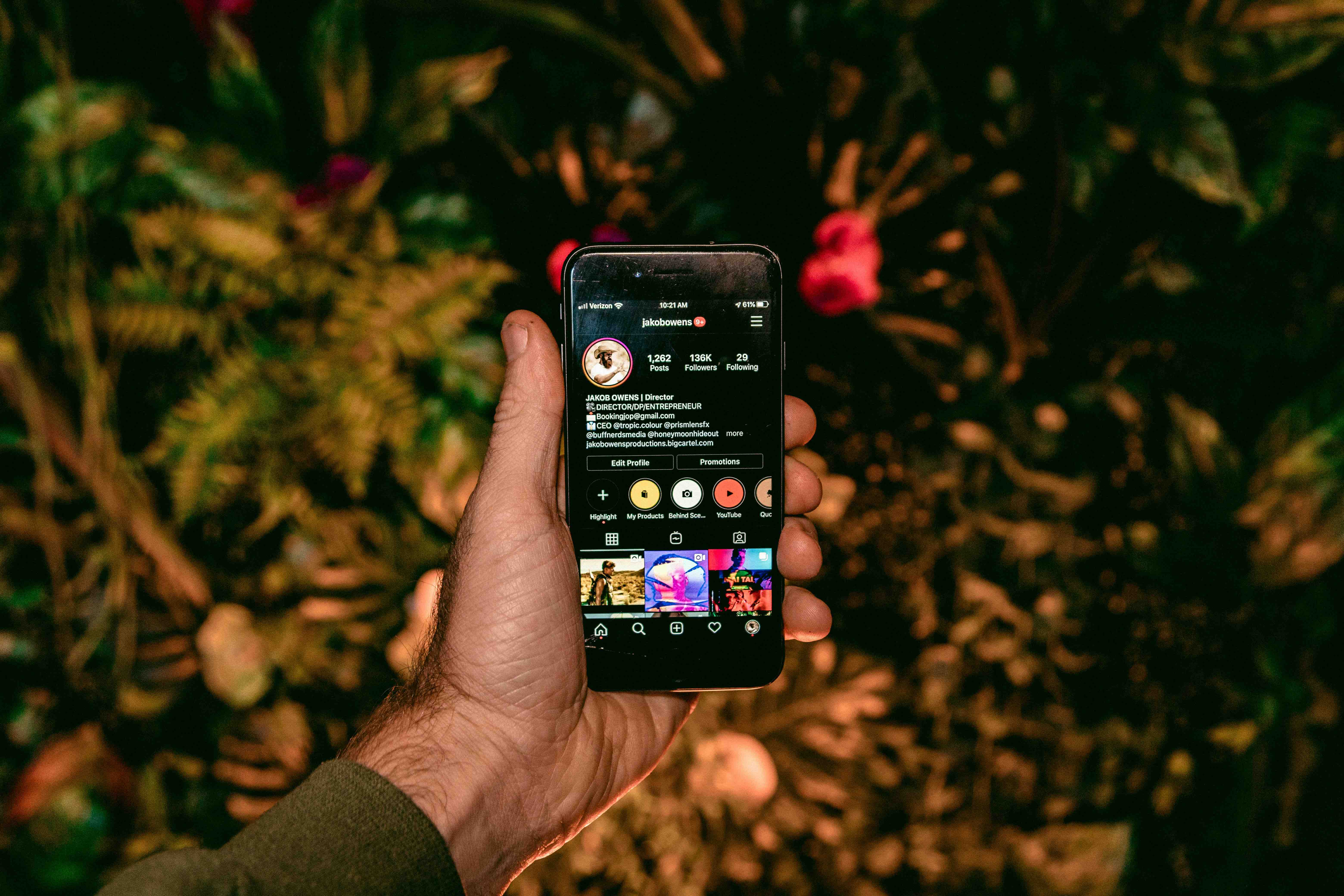The rise of influencer marketing is showing no signs of slowing down. In fact, influencer marketing campaign spend increased by $8 billion from 2019 to 2020, with the industry looking to be worth $15 billion by 2022.
Over the years, influencer marketing has expanded from celebrity endorsements and dedicated bloggers (and vloggers), into a multi-billion-dollar industry filled with social media influencers. Modern-day social media features influencers big, small, and everything in-between for all industries and niches.
Influencer marketing can help your business reach new, wider audiences within your niche, increasing brand awareness. It also helps with brand credibility; according to the Digital Marketing Institute, 49% of consumers “depend on influencer recommendations,” while 40% actively made a purchase based on influencers on Twitter, YouTube, or Instagram.
Set Your Budget and Expectations
First and foremost, setting a realistic budget will help you determine the influencers, campaign types, and campaign length you can afford. If you know your budget is quite low, you know you won’t be able to afford a campaign with a huge celebrity influencer with millions of followers. Come up with a reasonable, achievable figure for your influencer marketing budget.
According to 2020 data from BigCommerce, the most common budget for influencer marketing per year was estimated at $1,000 – $10,000 (roughly £725 – £7,257). The second most common budget projection was a staggering difference: $100,000 – $500,000 per year, with 7% of companies having planned to invest over a million dollars into influencer marketing in 2020.
Research Relevant Influencers & Choose a Platform
Start with market research into your target audience and buyer persona, finding out who they’re following and on which social media platforms. Social monitoring tools will help you track conversations, keywords, and hashtags online that are relevant to your business and industry.
Social monitoring will help you determine which social media platforms are most used by your target audience. Nearly 4 in 5 brands primarily use Instagram for influencer marketing campaigns, with Facebook the next highest at 46%. As a general rule, when you’re getting started in influencer marketing, you’ll want to focus your attention on just one platform for your first campaign. This will make goal tracking and influencer management easier.
Once you’ve determined the trends and conversations amongst your target audience, and which platforms they use the most, you can delve into researching the different types of influencers: nano, micro, mid, macro, and mega/celebrity (from lowest follower counts to highest). Influencers with lower follower counts typically get higher engagement rates as they have constructed a small yet dedicated follower base. On the flip side, celebrity influencers typically have the lowest engagement rates due to the sheer volume of followers.
A lot of social media influencers are cross-platform, but there are also plenty of influencers who specialise in just one platform, such as Instagram or YouTube.
Determine Your Goals, Strategy, and Timeline
To build a successful influencer marketing campaign, you’ll need to set clear goals. One approach to goal setting is creating SMART (Specific, Measurable, Attainable, Realistic, Time-sensitive) goals, which lead to “direct action that’s backed up by data.” Check out Sprout Social’s guide to developing an influencer marketing strategy for specific examples of SMART goal setting.
Data-driven approaches make it clear what you want to achieve from a campaign, now it’s time to plan how you’ll achieve your goals. Having a clear strategy and timeline in mind for your campaign before negotiating with influencers will help you pitch your campaign to them, and help you understand what you need from them.
The metrics and KPIs you’ll want to track depend on your campaign goal and the platforms you’ll be using. For example, if you’re aiming to increase engagement on your Instagram page, you may want to track the following:
- Engagement rate (likes + comments / followers * 100).
- Swap followers for impressions in the above formula for a more accurate view of who is engaging with your content after actually seeing it.
- Post shares, saves, comments, and likes
- Instagram stories metrics such as story replies, taps backwards and forwards, story exits, and volume of answers with in-story features such as polls, question boxes, and quizzes.
Once you’ve identified the metrics you’ll need to track for the campaign, you can start planning your strategy of how you’ll meet these targets. Start planning specific post types that you want to see from the influencer according to your goals.
Remember, influencers typically juggle multiple brand partnerships and sponsored content at once. Plan content as much in advance as you can to create a nice, easy-to-manage schedule for them. This will mean plenty of time for clarification and adjustments, and no rushing to get content approved and posted.
Reach Out to Influencers & Negotiate
With a plan and budget in place, it’s time to reach out to influencers and negotiate their contract. Before reaching out to influencers, double-check their legitimacy and relevancy. Look into any previous partnerships they’ve had, watch out for abnormally high or low engagement rates as this could indicate the use of ‘bots’, and ensure their target audience is relevant to you.
Present your strategy and content plan to them with confidence and ensure the win-win value of running the campaign with them.
Monitor and Analyse Results
Monitor your campaign results and analyse them against your goals. Are you consistently hitting targets month-by-month? That’s great! It could be time to up your goals and aim even higher. Likewise, if you’re always falling under targets, use the data to find out what’s gone wrong and try to improve your results.
Consider whether your goals are SMART, particularly attainable and realistic for your planned timeline. A campaign isn’t a ‘failure’ if you need to adjust your goals/targets. Your original goals may not have been realistic for your business or industry, and need to be changed.
Building a successful influencer marketing campaign can be tricky for many marketing managers. Consider outsourcing an influencer marketing service to manage all the stages for you, where you can benefit from the professional tools and years of industry expertise an external agency can provide.
References
- Bailis, R. (2021, 15 January). The State of Influencer Marketing: 10 Influencer Marketing Statistics to Inform Where You Invest. The BigCommerce Blog. https://www.bigcommerce.co.uk/blog/influencer-marketing-statistics/#10-most-important-influencer-marketing-statistics-for-2020
- Barnhart, B. (2021, 19 January). How to set (and achieve) meaningful social media goals. Sprout Social. https://sproutsocial.com/insights/social-media-goals/
- Business Insider. (2021, 23 March). Influencer Marketing: Social media influencer market stats and research for 2021. https://www.businessinsider.com/influencer-marketing-report?international=true&r=US&IR=T
- Chen, J. (2021, 8 February). What is influencer marketing: How to develop your strategy. Sprout Social. https://sproutsocial.com/insights/influencer-marketing/
- Digital Marketing Institute. (2018, October). 20 Surprising Influencer Marketing Statistics | DMI. https://digitalmarketinginstitute.com/blog/20-influencer-marketing-statistics-that-will-surprise-you
- Newberry, C. (2020, November 3). 15 of the Best Social Media Monitoring Tools to Save You Time. Hootsuite. https://blog.hootsuite.com/social-media-monitoring-tools/





